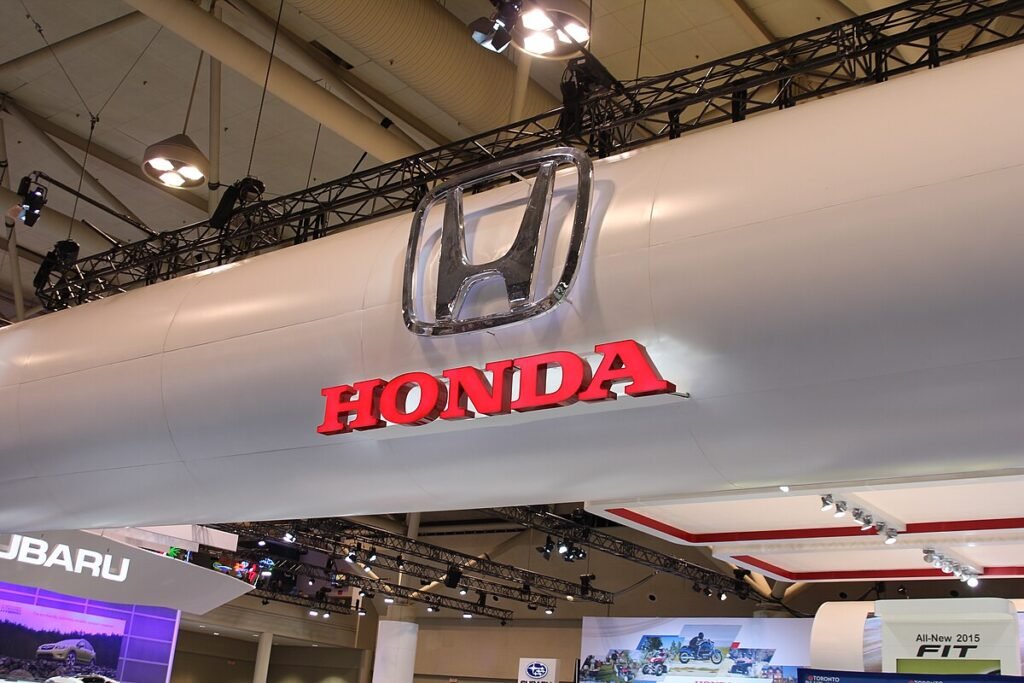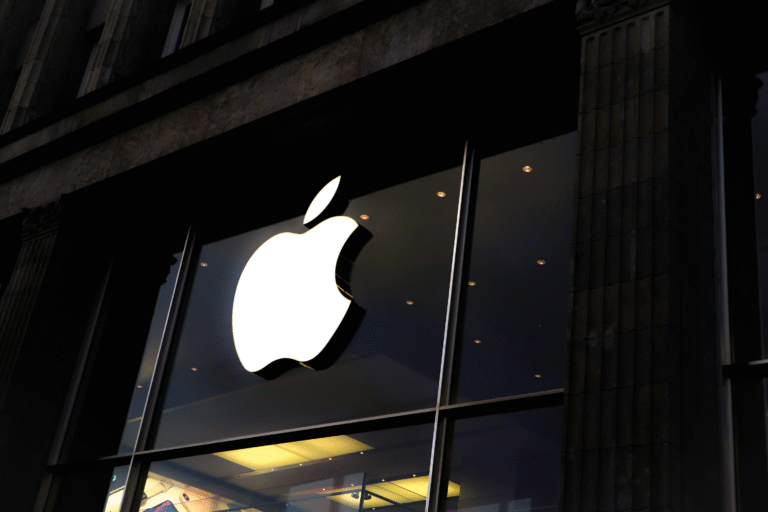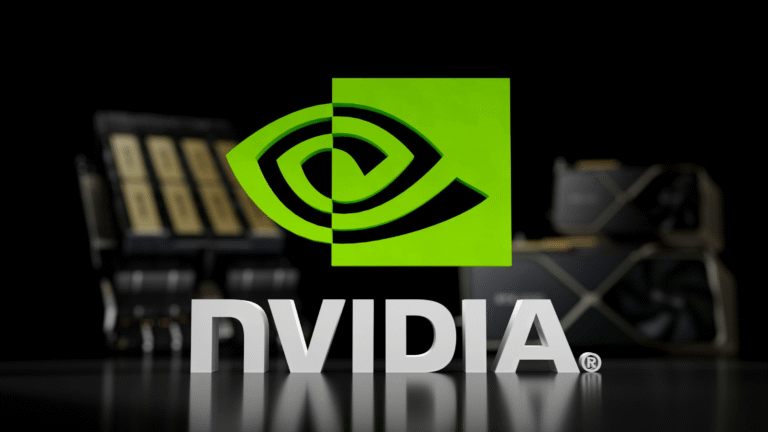Honda formally dropped the prospect of a hostile bid for Nissan after merger talks collapsed that would have formed the world’s fourth-largest automaker. The collapsed $58 billion deal aimed at bolstering their competitiveness against China’s fast-expanding electric car market but disintegrated on disagreements over control.
Honda’s CEO, Toshihiro Mibe, clarified on Thursday that the firm had no plans to make a hostile bid. “We never really thought about a hostile takeover and have no intention of going in that direction,” he said. The new proposal had proposed Nissan as a subsidiary of Honda, a move that went far from the original plan of creating a joint holding group. Nissan, on the other hand, vigorously resisted this change, citing fears of losing its independence and freedom to act on its own.

Mibe justified the rationale behind the suggested structural adjustment, noting that joint governance could make decision-making slow in times of urgency. “When difficult decisions have to be made, having members from both firms on the board could impede efficiency,” he said. Nissan CEO Makoto Uchida mirrored the company’s concerns, stating, “The proposal indicated that Nissan would become a fully owned subsidiary, and we were not convinced that our independence would be maintained or that our potential would be maximized.”
Renault, with a 36% holding in Nissan, also slammed Honda’s bid. The French carmaker described the bid as “unacceptable,” claiming that it offered no premium for Nissan. Renault is still firm on its alliance with Nissan even after the talks collapsed.
With the failure of the merger, Nissan currently has pressing financial issues and is seeking possible outside help to stabilize its cash position. Uchida said the firm is looking at all possibilities, with “no taboos” in its strategy. Multiple global private equity companies, including KKR, are monitoring Nissan’s circumstance closely, but experts are not confident in its feasibility as an investment prospect.
In a bid to overcome its financial woes, Nissan gave more details on a restructuring plan initially announced in November. The automaker wants to trim costs by 400 billion yen ($2.5 billion) in the fiscal year 2026, a process that involves slashing its workforce by 6,500 workers at factories in the US and Thailand and eliminating 20% of senior management positions. The strategy is aimed at making Nissan break even at 2.5 million car sales—well short of its initial target of 4.5 million sales in three years, established in March last year.
Struggling with an out-of-date model range and long-running internal wranglings, Nissan posted a 14 billion yen loss for the period to December. Having now downgraded its full-year outlook to an 80 billion yen loss, this is in contras under its previous forecast of a 380 billion yen profit.
The two companies together announced on Thursday that they decided it was best to shelve talks in order to keep decision-making agility in a market that is ever more uncertain. They recognized escalating challenges that arise from the move towards electric cars and concluded independent strategies would serve them better in coping with them.
Even though merger talks were derailed, Honda and Nissan intend to keep working together on electric vehicle and software development. Industry insiders, however, say unresolved tensions from the failed merger may complicate future collaborations.
The pressure for a merger was said to have been driven by Taiwanese tech behemoth Foxconn, which aims to venture into the electric vehicle production business. Foxconn had already approached Renault about the possibility of buying its holding in Nissan. The firm’s chairman, Young Liu, recently said Foxconn is still willing to invest in Nissan as part of its plan to form partnerships with carmakers by producing EVs, just like it produces iPhones for Apple.
While Nissan is in a desperate search for a strategic partner, analysts feel Honda, too, needs more scale to fund the huge investments needed in EV development, software infusions, and autonomous driving technology. This need was highlighted by Honda’s recent China financial results in which its car sales fell by almost 40% during the nine months through December. But the firm still managed to post a 25% rise in quarterly pre-tax profits to 483 billion yen due to record motorbike sales.
In the future, Honda has stuck to its profit target of 950 billion yen for the entire fiscal year to March. But both Honda and Nissan have other concerns in the US market, where possible tariffs would affect their Mexican and Canadian production bases. With impending 25% tariffs by former US President Donald Trump, Honda Vice President Shinji Aoyama announced that the company is hastening vehicle shipments from these areas to the US before the 30-day window ends. If the tariffs are implemented, Honda expects a loss of over 20 billion yen for the year.
As the auto market struggles with changing industry dynamics, the consequences of Honda and Nissan’s merger collapse evidence the increased difficulty the Japanese automakers are experiencing in remaining competitive. As electric vehicles grow in popularity and global uncertainties intensify, the two firms face the need to create their own distinct paths to ensure their place in the changing game.








